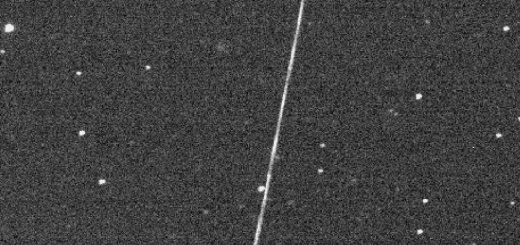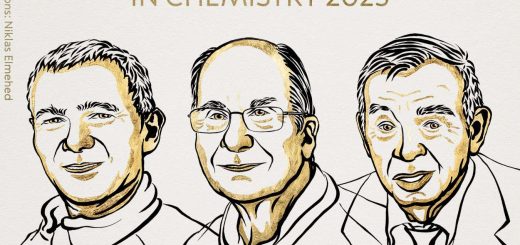What time is the partial lunar eclipse of the full moon this weekend?
The full moon on 28 October will have a red tinge for viewers in the UK, Europe, Asia and Africa as part of the moon passes into Earth’s shadow
By Abigail Beall
26 October 2023
A partial lunar eclipse in Regensburg, Germany, in 2017
Thomas Koschnick/Alamy
Solar and lunar eclipses always come in pairs. Earlier this month, an annular “ring of fire” solar eclipse appeared in the skies above much of the US, and now it is the moon’s turn.
Partial lunar eclipse captured in stunning images around the world
On 28 October, the full moon had a red tinge for viewers in the UK, the rest of Europe and those in Asia and Africa, created by Earth's shadow
On the night of Saturday 28 October, people across the UK, Europe, Asia and Africa will be treated to a partial eclipse of the moon, in which a portion of the moon will turn red. In some parts of North America, South America and Australia, only part of the eclipse, called the penumbral stage, will be visible, making the moon slightly darker.
Advertisement
What time is the 28 October partial lunar eclipse?
The maximum of the eclipse will be at 9.14pm in London, 10.14pm in Berlin, 11.14pm in Moscow, 1.44am in Mumbai and 4.14am in Hong Kong. The penumbral stage begins about 2 hours before and ends about 2 hours after the maximum. You can check the exact timings for your location using free software like Stellarium.
How to watch the partial lunar eclipse
You don’t need any special equipment to see the lunar eclipse. As long as you live somewhere where the eclipse will be visible, and you have clear skies, you will see part of the moon turning red. During the 28 October lunar eclipse, only a small portion of the moon, 12 per cent at the maximum, will turn red. If you have binoculars or a small telescope, these will help you to see it.
What is a lunar eclipse?
A lunar eclipse happens when the moon moves into the shadow cast by Earth, blocking the light from the sun. This means a lunar eclipse always happens during a full moon. But lunar eclipses don’t happen every full moon because of the tilt of the moon’s orbit.


